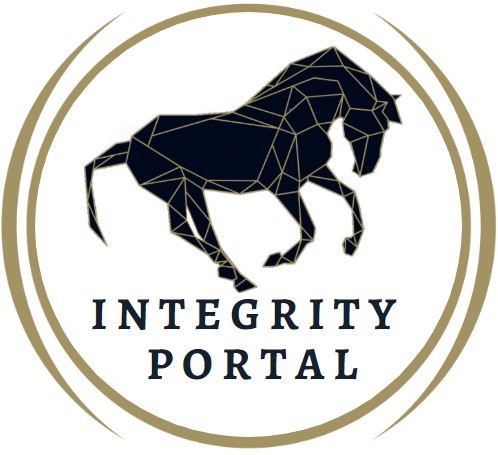Reducing the Risk of Positive Drug Tests in Horseracing
The European Horserace Scientific Liaison Committee (EHSLC) has published guidelines to help practising veterinary surgeons to minimise the risk of positive drug tests on racehorses following routine, legitimate treatment.
There are three reasons for having rules to control the use of drugs in horse racing:
i) To ensure fair competition;
ii) To protect the welfare of racehorses; and
iii) To protect the breed.
However, the Rules of Racing are not intended to discourage the proper veterinary treatment of racehorses if such treatment would not threaten any of these three important objectives. The use of medication to treat illness and injury during normal racehorse training carries an inherent risk of incurring a positive drug test on race-day if insufficient time has elapsed for elimination of the drug from the horse. Recognising this, the EHSLC co-ordinated a series of administration studies in France, Germany, Great Britain, Hong Kong, Ireland and Italy, with the aim of producing information for horseracing veterinarians and to ensure a harmonised approach to drug detection.
Non-steroidal anti-inflammatory drugs (NSAIDs) are commonly used in the management of injury. They are also the most common group of drugs reported as prohibited substances. They were therefore the first group of substances chosen by the EHSLC for publication of detection time guidelines, along with the diuretic furosemide.
Information on the following list of substances is now available from the regulatory authorities in each of the EHSLC countries:
Carprofen
Dipyrone
Eltenac
Flunixin
Ketoprofen
Meloxicam
Phenylbutazone
Vedaprofen
and
Furosemide
Information on further drugs will be published from time to time as results from the on-going drug administration programme become available.
Commenting on the publication of the data, Turf Club Chief Executive, Denis Egan, said that he “welcomed the guidelines as they would provide important guidance to veterinary surgeons who are involved in the treatment of racehorses.” He also said that “the Turf Club would be setting up a number of roadshows around the country to brief veterinary surgeons on the detection times in the coming weeks.”
Note for editors:
The EHSLC was formed in 1992 as a result of discussion between the Stewards of France, Great Britain and Ireland on the wish for greater co-operation between the racing authorities of those countries to harmonise technical doping control policies and procedures. Germany and Italy later joined as full members. Ireland is represented by the Irish Turf Club.
The aims of EHSLC are:
- to harmonise sample testing procedures and policies
- to engender co-operation in research relating to the suppression of doping
- to provide a forum for the exchange of information
- to unify views on doping control
The overriding intention is to create a common environment to ensure best practice standards such that, in whichever of the member countries a horse is raced, the horse and its connections are treated, in all key matters of principle, in the same way.
Members
Each of the five countries is represented by an Administrator, an Analyst, a Regulatory Veterinarian and a Pharmacologist. The Committee has been chaired by Christopher Foster, Executive Director of the Jockey Club since 1996. He will be succeeded as Chairman by Dr Peter Webbon, Chief Executive of the Horseracing Regulatory Authority.
Copyright © 2018, I.H.R.B, All Rights Reserved.

